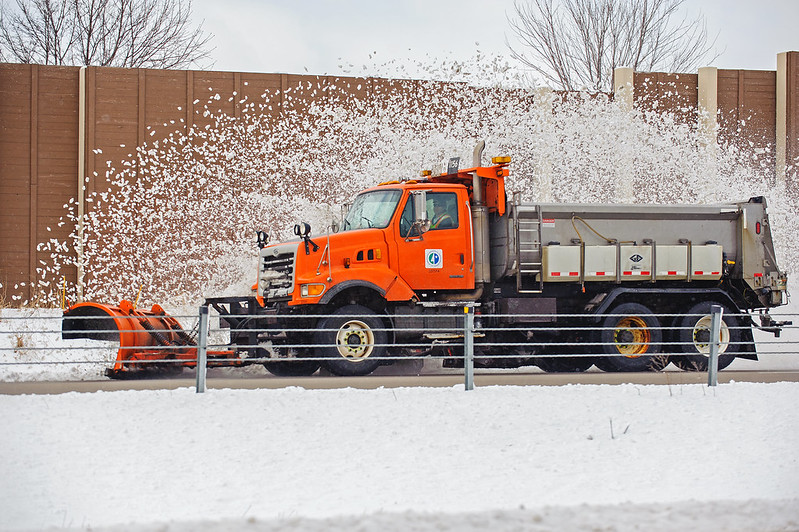Illinois Examines Snow Fence Design, Cost-Effectiveness
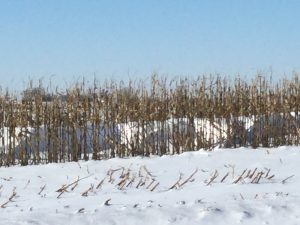 By preventing blowing snow from reaching the roadway, snow fences have proven to be an important tool for many state DOTs. In Illinois, two recent studies are helping IDOT refine its approach to snow fence design and better assess the fences’ cost-effectiveness.
By preventing blowing snow from reaching the roadway, snow fences have proven to be an important tool for many state DOTs. In Illinois, two recent studies are helping IDOT refine its approach to snow fence design and better assess the fences’ cost-effectiveness.
A new benefit-cost analysis tool will help IDOT select locations for three fence types: living snow fences, structural snow fences and standing corn rows. For living snow fences, the research provides guidance on fence setback, orientation, height and porosity, as well as recommended plant species.
Read the research reports:
- Evaluating the Costs and Benefits of Snow Fences in Illinois: Phase 2, Illinois DOT, November 2020.
- Design of Living Barriers to Reduce the Impacts of Snowdrifts on Illinois Freeways, Illinois DOT, November 2020.
For more recent research on snow fences, see Reducing Uncertainties in Snow Fence Design: Development of Methods for Estimation of Snow Drifting and the Snow Relocation Coefficient, published by Iowa DOT in September 2020.
Image source: Iowa DOT

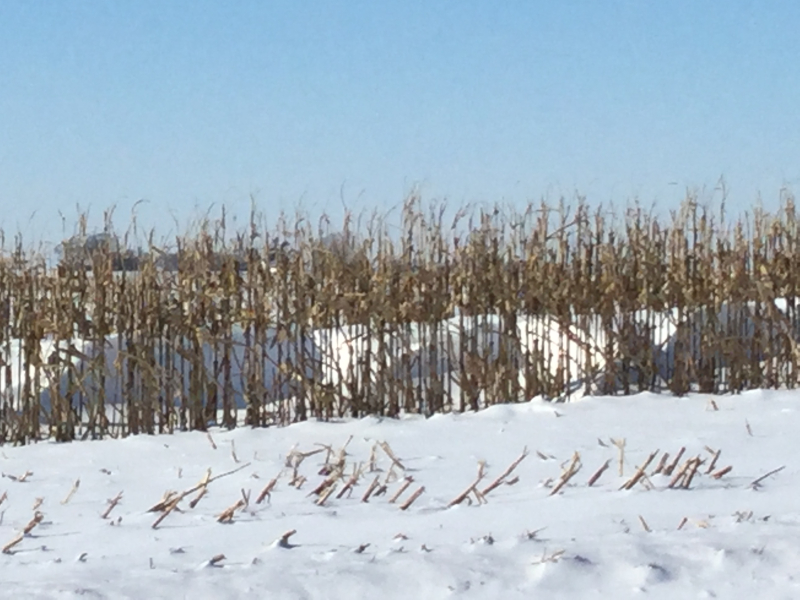
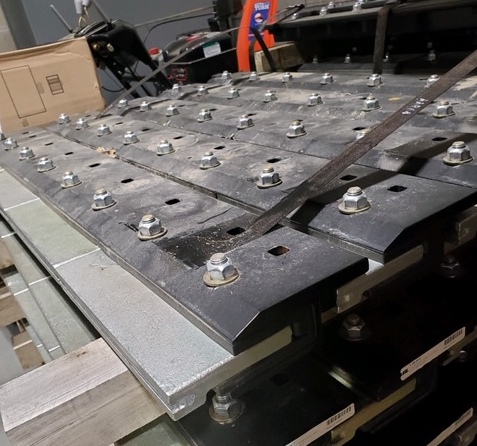
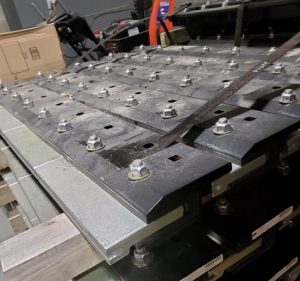 A recent Clear Roads
A recent Clear Roads 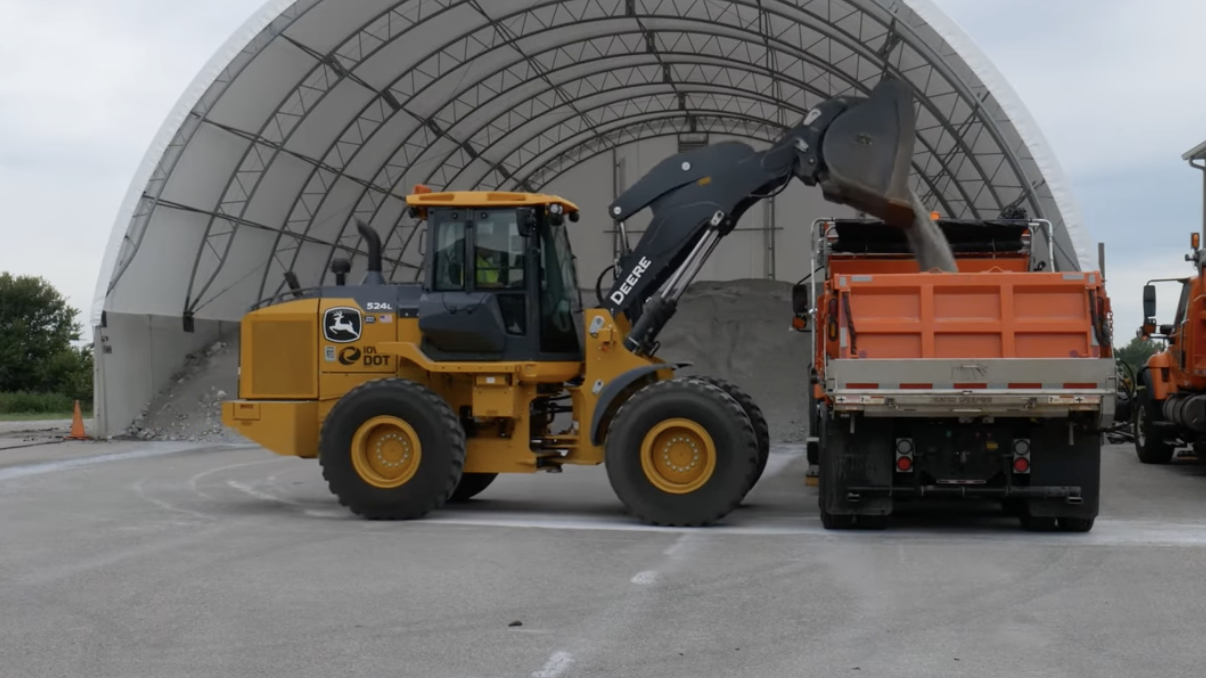
 A step-by-step guide to spreader calibration is the latest addition to Iowa DOT’s popular
A step-by-step guide to spreader calibration is the latest addition to Iowa DOT’s popular 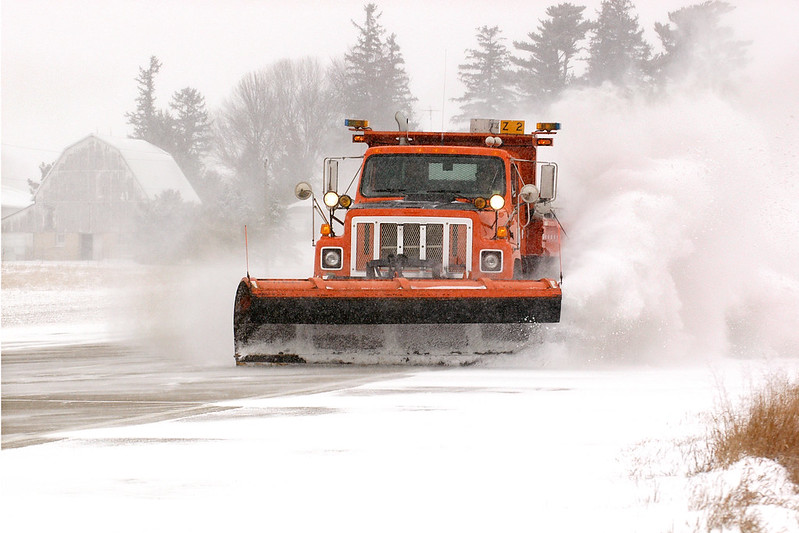
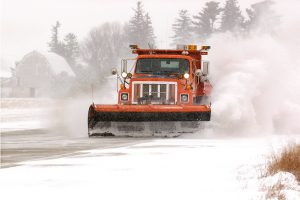 Drivers on a stretch of Interstate 35 in southern Minnesota received advance warning this winter when snowplows were working nearby. In an effort to reduce crashes, Minnesota DOT pilot-tested technology that uses highway message signs to let motorists know when slow-moving plows are ahead on the highway.
Drivers on a stretch of Interstate 35 in southern Minnesota received advance warning this winter when snowplows were working nearby. In an effort to reduce crashes, Minnesota DOT pilot-tested technology that uses highway message signs to let motorists know when slow-moving plows are ahead on the highway.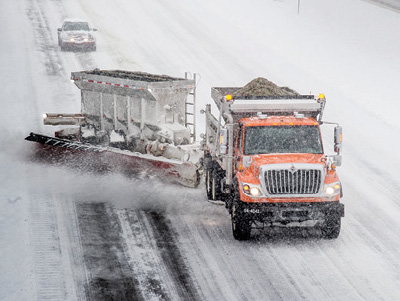
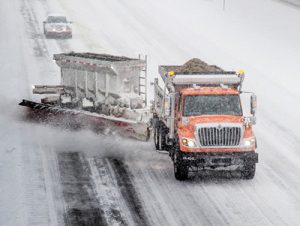 A recent Clear Roads
A recent Clear Roads 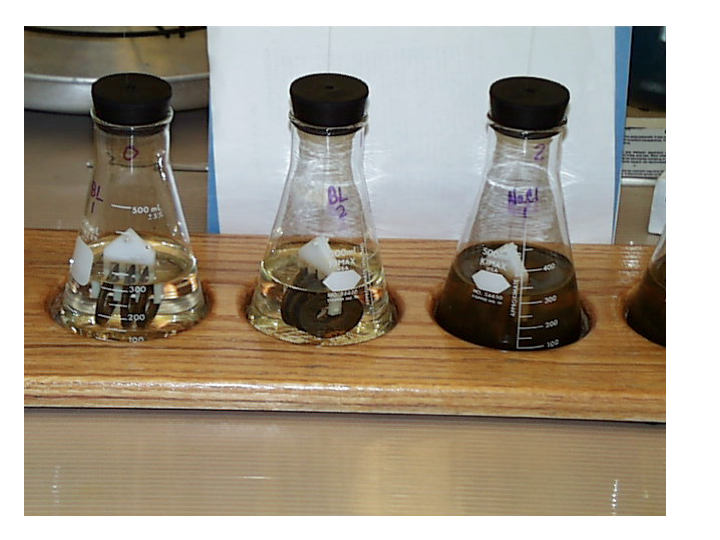
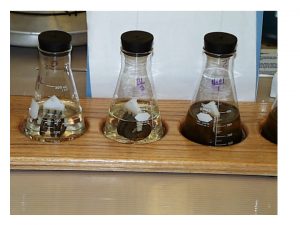
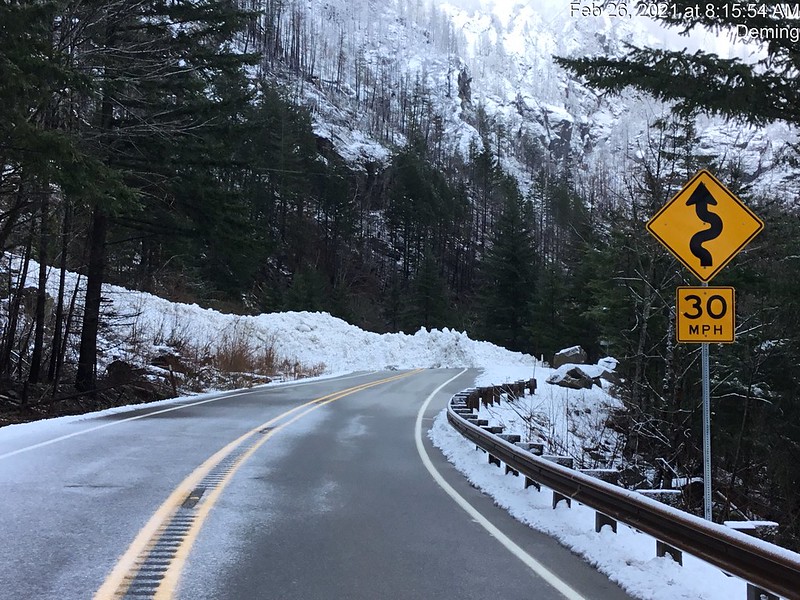
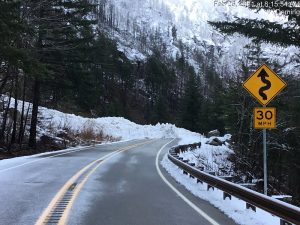 If you’re looking for the latest research and guidance on deicers, extreme weather, or any other aspect of winter operations, be sure to check the Transportation Research Board. A recent TRB
If you’re looking for the latest research and guidance on deicers, extreme weather, or any other aspect of winter operations, be sure to check the Transportation Research Board. A recent TRB 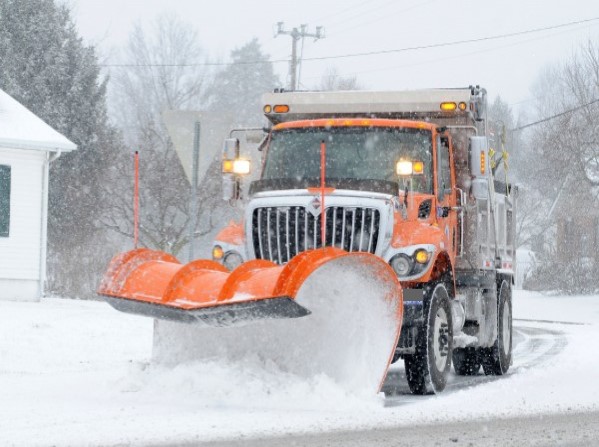
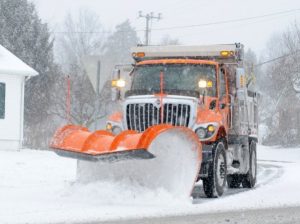 An ongoing plow route optimization effort at Delaware DOT is yielding benefits for state residents. By optimizing selected routes for mileage efficiency, the department has been able to reduce snow removal service times and improve its level of service.
An ongoing plow route optimization effort at Delaware DOT is yielding benefits for state residents. By optimizing selected routes for mileage efficiency, the department has been able to reduce snow removal service times and improve its level of service.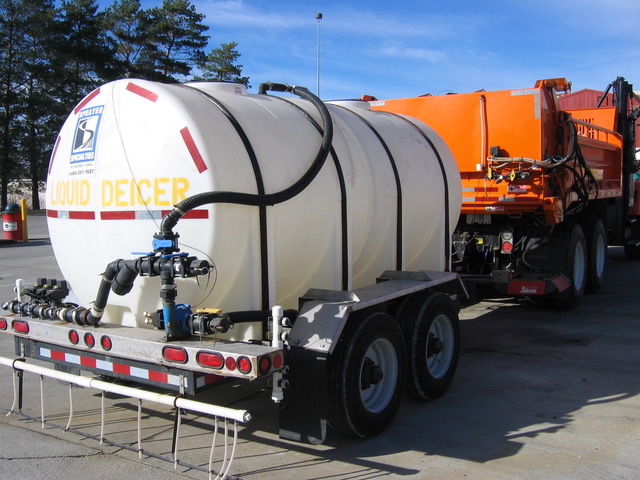
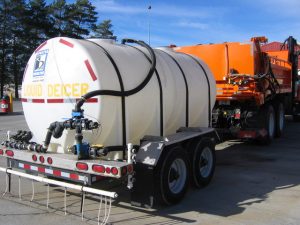 While not yet widely available, corn-based deicers have shown some promise as an environmentally friendly alternative that could reduce the use of salt.
While not yet widely available, corn-based deicers have shown some promise as an environmentally friendly alternative that could reduce the use of salt.